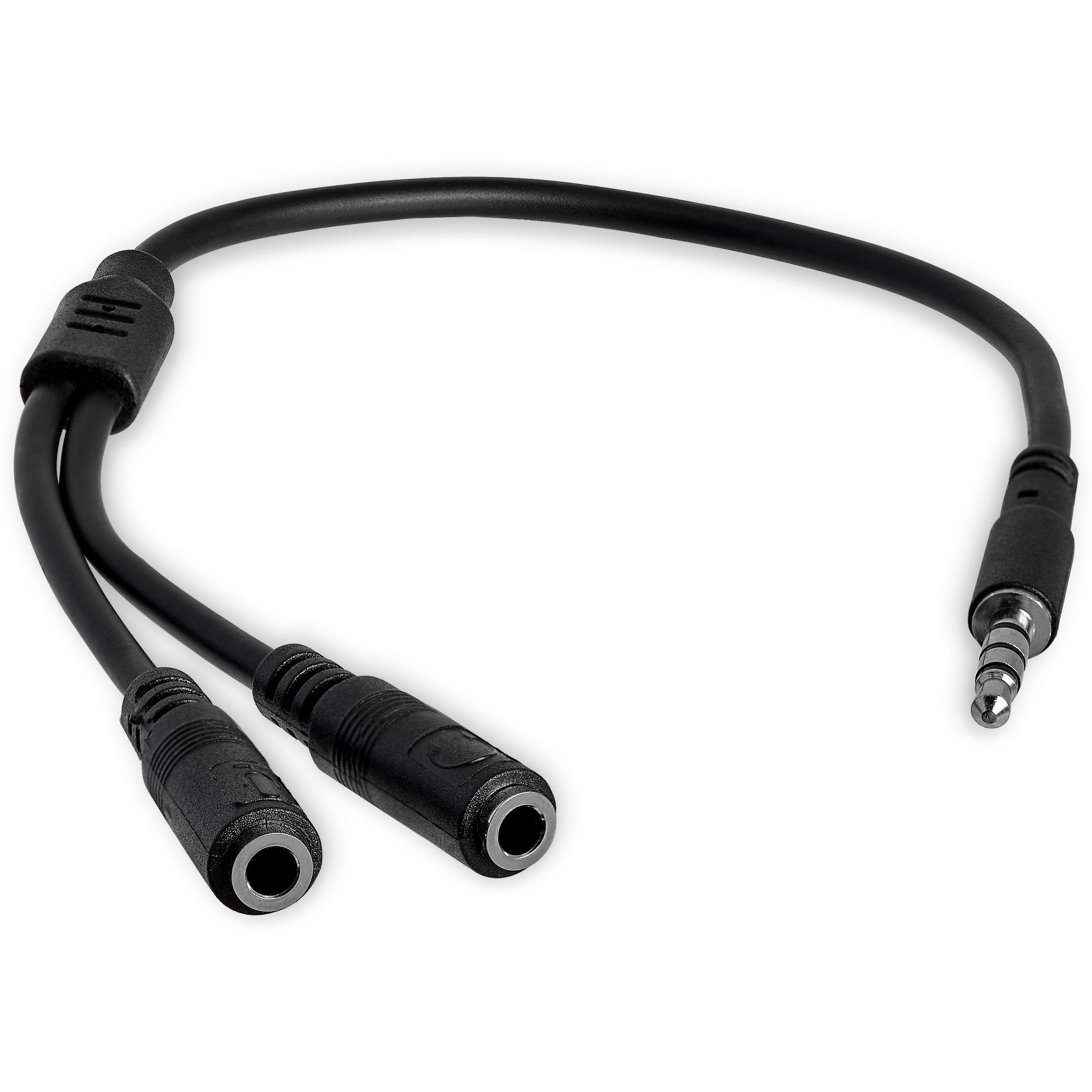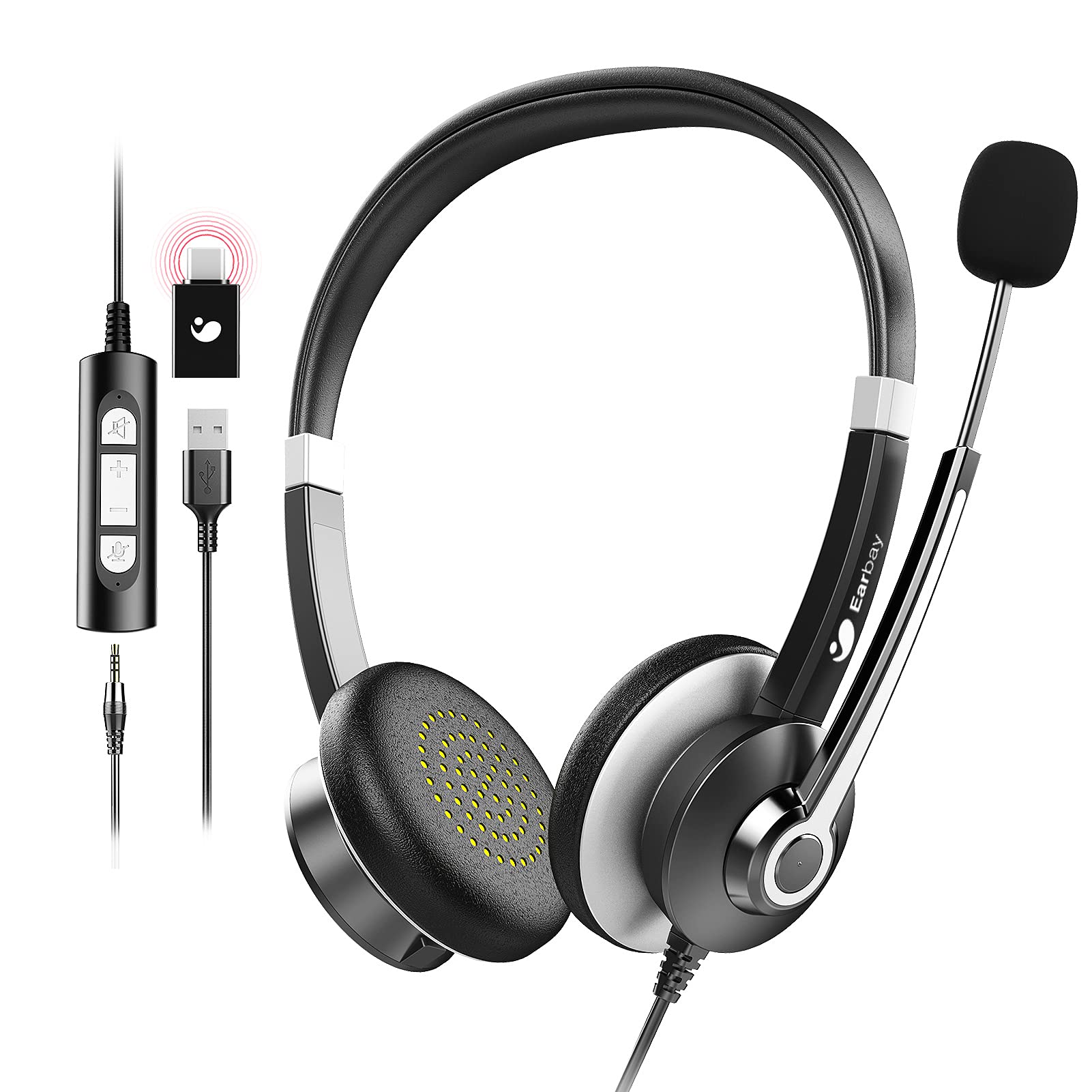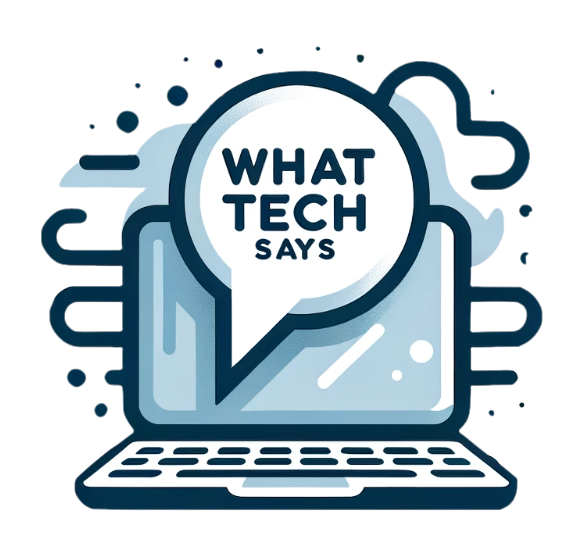Summary
- Ensure headphones are properly connected and volume levels are adjusted
- Verify headphone functionality by testing with another device or speakers
- Set headphone port as default playback device in Sound settings
- Update or uninstall audio drivers in Device Manager and troubleshoot any issues with the headphone port
Having trouble with your laptop’s headphone port not working on Windows 10? Let’s dive into some solutions to get it resolved.
Ensure Proper Connection and Volume Levels

To ensure that your laptop headphone port is working properly on Windows 10, first make sure that the headphones are properly connected. Check the phone connector (audio) is inserted fully into the port and that there are no obstructions or dust blocking the connection. This simple step can often resolve issues with sound not coming through the headphones.
Next, adjust the volume levels on your laptop to ensure that they are not set too low or muted. Click on the volume icon in the taskbar and make sure that the volume is turned up and not muted. Sometimes, the issue may be as simple as the volume being too low for you to hear anything through the headphones.
If adjusting the volume does not solve the problem, you may need to troubleshoot the audio settings on your laptop. Go to the Control Panel, then Sound, and check the playback devices to make sure that the correct device is selected. Sometimes, the laptop may be trying to play sound through a different device, causing the headphones not to work.
If none of these solutions work, you may need to update the audio drivers on your laptop. Go to the Device Manager, find the audio drivers, and update them to the latest version. Outdated drivers can sometimes cause issues with audio output on Windows 10.
In some cases, the issue may be with the headphone port itself. If you suspect that this is the case, you can try using compressed air to clean out any dust or debris that may be blocking the connection. Be gentle when doing this to avoid damaging the port.
Verify Headphone Functionality

- Check headphones on another device
- Ensure headphones are plugged in properly
- Try different headphones
- Test laptop headphone port with speakers
Set as Default Playback Device
To set your laptop’s headphone port as the default playback device on Windows 10, follow these steps:
1. Right-click on the speaker icon in the system tray located at the bottom right corner of your screen. This will open a context menu with various options.
2. Click on “Open Sound settings” from the context menu. This will open the Sound settings window where you can manage your audio devices.
3. In the Sound settings window, scroll down to the “Output” section. Here, you will see a list of available playback devices.
4. Locate your headphone port in the list of playback devices. It may be listed as “Headphones” or “Headphone jack.”
5. Click on your headphone port to select it as the default playback device. This will ensure that audio is output through your headphones when they are plugged into the laptop.
6. Test the audio output by playing a sound or video file with your headphones plugged in. Make sure that the sound is coming through the headphones and not the laptop’s speakers.
7. If you encounter any issues with the audio output, try troubleshooting the headphone port. This can include checking for any dust or debris in the port and using compressed air to clean it out.
By setting your laptop’s headphone port as the default playback device in Windows 10, you can ensure that you always have audio output through your headphones when they are connected. If you continue to experience issues with the headphone port, you may need to seek additional technical support or consider alternative solutions such as using a USB audio adapter.
Update or Uninstall Audio Drivers
To update or uninstall your audio drivers in Windows 10, follow these steps:
Update Audio Drivers:
1. Right-click on the Start button and select Device Manager.
2. Expand the “Sound, video and game controllers” category.
3. Right-click on your audio device and select “Update driver.”
4. Choose “Search automatically for updated driver software” and follow the on-screen instructions.
5. Restart your laptop after the update is complete.
Uninstall Audio Drivers:
1. Right-click on the Start button and select Device Manager.
2. Expand the “Sound, video and game controllers” category.
3. Right-click on your audio device and select “Uninstall device.”
4. Check the box that says “Delete the driver software for this device” and click “Uninstall.”
5. Restart your laptop to reinstall the audio drivers automatically.
If updating or uninstalling the audio drivers does not resolve the issue, you can also try troubleshooting the headphone port:
1. Right-click on the speaker icon in the taskbar and select “Troubleshoot sound problems.”
2. Follow the on-screen instructions to identify and fix any audio issues.
3. Make sure your headphones are securely plugged into the headphone port.
4. Try using a different pair of headphones to see if the issue is with the headphones themselves.
5. If the problem persists, contact technical support for further assistance.
Adjust Audio Format and Clean Port
| Adjust Audio Format | Clean Port |
|---|---|
| 1. Right-click on the speaker icon in the taskbar and select “Sounds”. | 1. Use a can of compressed air to blow out any dust or debris from the headphone port. |
| 2. Go to the “Playback” tab and select your headphones as the default device. | 2. Gently insert a cotton swab into the port to remove any dirt or grime. |
| 3. Click on “Properties” and go to the “Advanced” tab. | 3. Repeat this process a few times to ensure the port is completely clean. |
| 4. Under “Default Format”, select a different audio format (e.g. 16 bit, 44100 Hz CD Quality). | 4. Plug in your headphones and test to see if the issue has been resolved. |
FAQ
Why my laptop headphone jack is not working?
Your laptop headphone jack may not be working due to outdated sound and audio drivers. Updating your drivers is the best solution to resolve this issue.
Why aren t my headphones working when I plug them into my laptop?
My headphones may not be working when plugged into my laptop because the output device may not be set to Headphones. Try checking the output device under Output settings or by right-clicking the Sound icon in the taskbar and selecting Open Sound settings. If the issue persists, try unplugging the headphones and then plugging them back in.
Why did my headphone port stop working?
Your headphone port stopped working due to debris like dust and lint accumulating in the port over time, causing connectivity issues by blocking the connection between the headphones and the port. Check the port for dirt and clean it if necessary.
How do I fix the audio port on my laptop?
To fix the audio port on your laptop, you can start by checking the basics and running the audio troubleshooter. Additionally, you can disable audio enhancements, change the default format, update or reinstall the audio driver, or use an external USB sound card as a solution.

